While exploring the city in the late 1920s, Berenice Abbott would take photographs of much of what she saw, later affixing the small images to black paper album pages. "It was all test shots, like a sketch book, this is the first time she photographed outside of the studio," Mia Fineman, The Met's photography curator, said while walking through the museum's new exhibit dedicated to the photography legend's work.
Berenice Abbott’s New York Album, 1929 (open now through September 4th, 2023) features much of Abbott's early work, from when she returned to New York City after years away. Abbott had learned photography when she was a darkroom assistant in Paris for the famed visual artist, Man Ray. According to The Met, this is when she was introduced to French photographer Eugène Atget, and following his death in 1927, Abbott purchased his archive of around 8,000 prints and 1,500 glass negatives. Once back in New York, she said she wanted to do for the city what Atget had done for Paris. He became a major influence on her work.

But she also brought her own style to the table, and was photographing the very different city of New York, with all of its unique features. One of Abbott's favorite subjects were the elevated subway lines of the time, which created dramatic shadows below.

This early photography was all the start of what would soon become a major project, titled Changing New York, spurred in part by the Depression and funded by the Works Progress Administration’s Federal Art Project. Throughout the years, Abbott captured the ever-changing landscape of the city, and whether you know it or not, you've likely seen her iconic photographs from this time. According to the New York Public Library (which holds more of her catalogue), she wanted to document the built environment in New York — the old before it was torn down, and the new construction that replaced it.
Once she had funding, she revisited many of the places she shot with her little camera back in 1929, and was able to capture them with a much larger camera. This yielded a style that was much more straightforward and more in the 19th century style of Atget. Capturing shadows, buildings, streets, and even New Yorkers at times, the city was absorbed through her lens, and today her work — even those early test shots — offers an invaluable look at the city during a bygone era.

In 1937, Abbott’s series became the subject of her first exhibit, which was hosted at the Museum of the City of New York. Two years later, her work was published as part of a guidebook aimed towards visitors of the World’s Fair; it contained 97 of her 305 photographs, and is also on view as part of The Met's exhibit.
Abbott’s catalog runs deep, and delivers and expansive look at a New York City that existed nearly a century ago, and in some cases has disappeared. While some of Abbott’s photos contain buildings that are still standing, others are less recognizable. To get a sense of just how much things have changed (or in some cases, stayed the same), we sent photographer Navid Baraty to capture a few of the locations for a Then & Now look.
Baraty said, "It was so much fun to retrace the footsteps of such an icon. I very much identify with Berenice's work — especially how she captured the city from different vantage points and the way she showcased the play of light and shadow in a cityscape. It was fascinating to see how similar some of the locations still look nearly 100 years later."
TIMES SQUARE
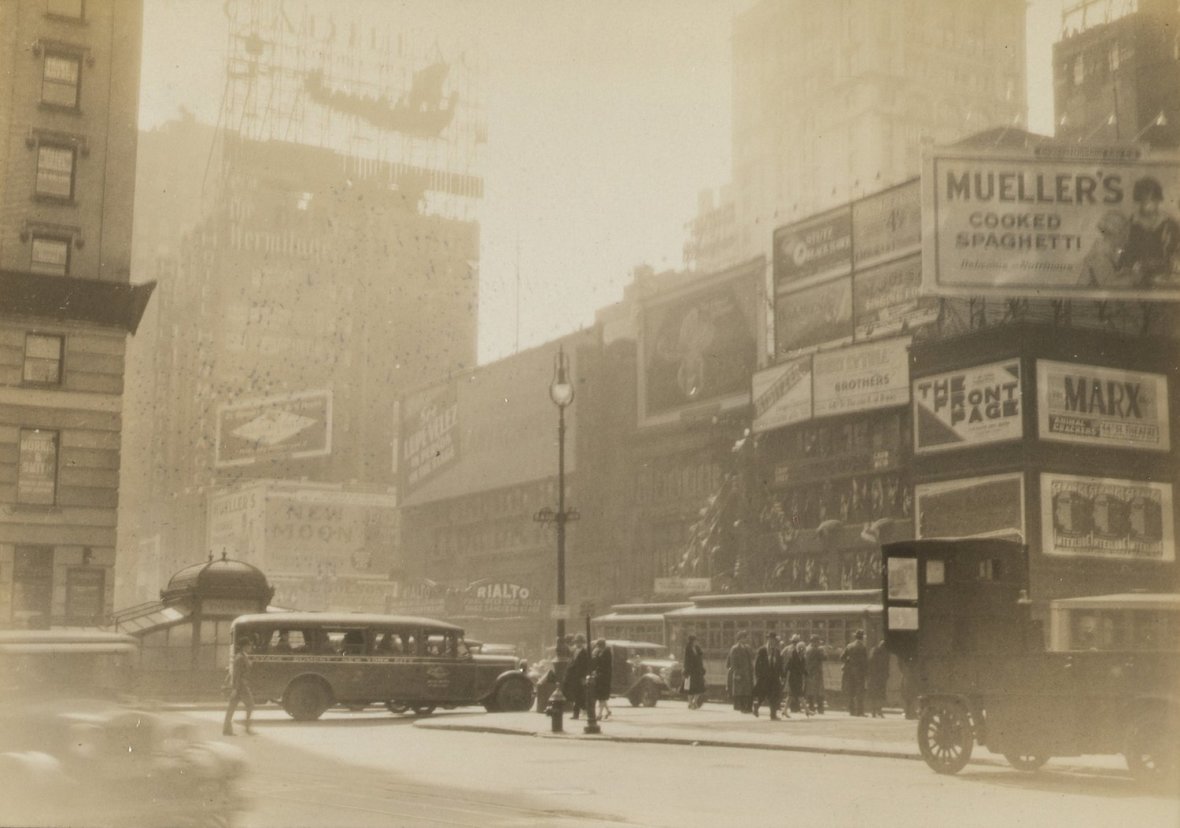
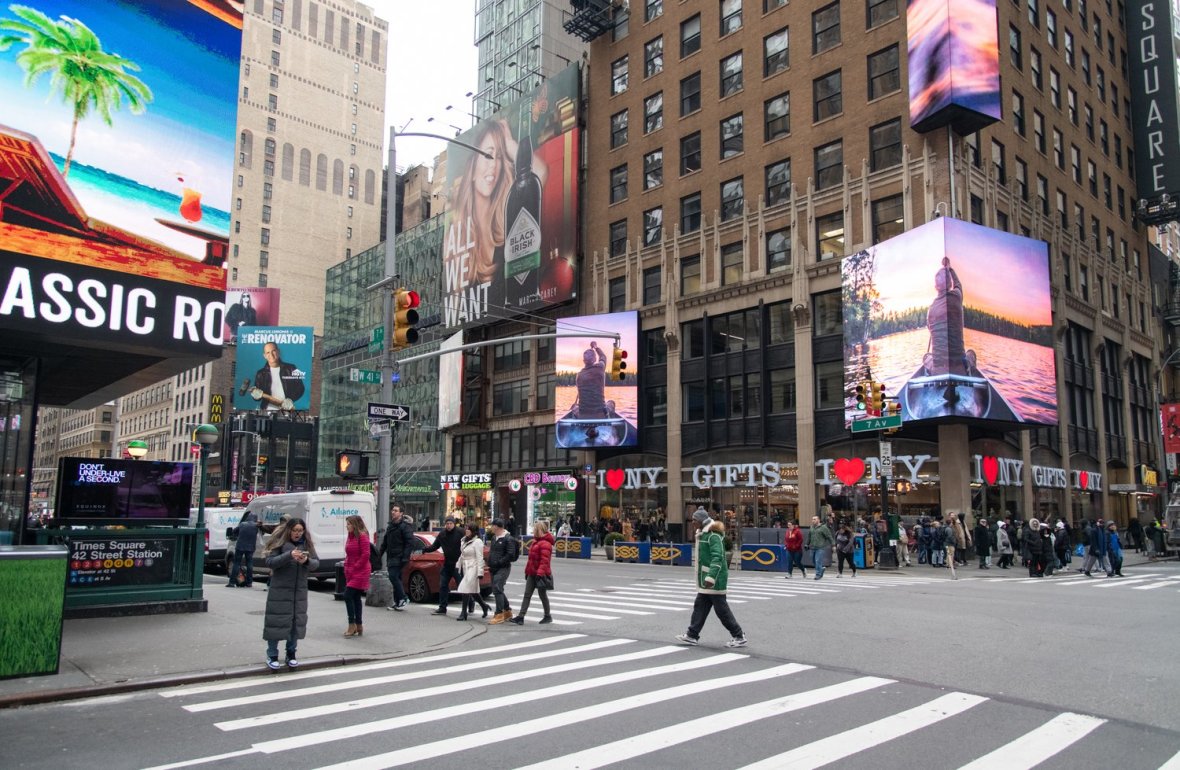
BATTERY PL & GREENWICH ST
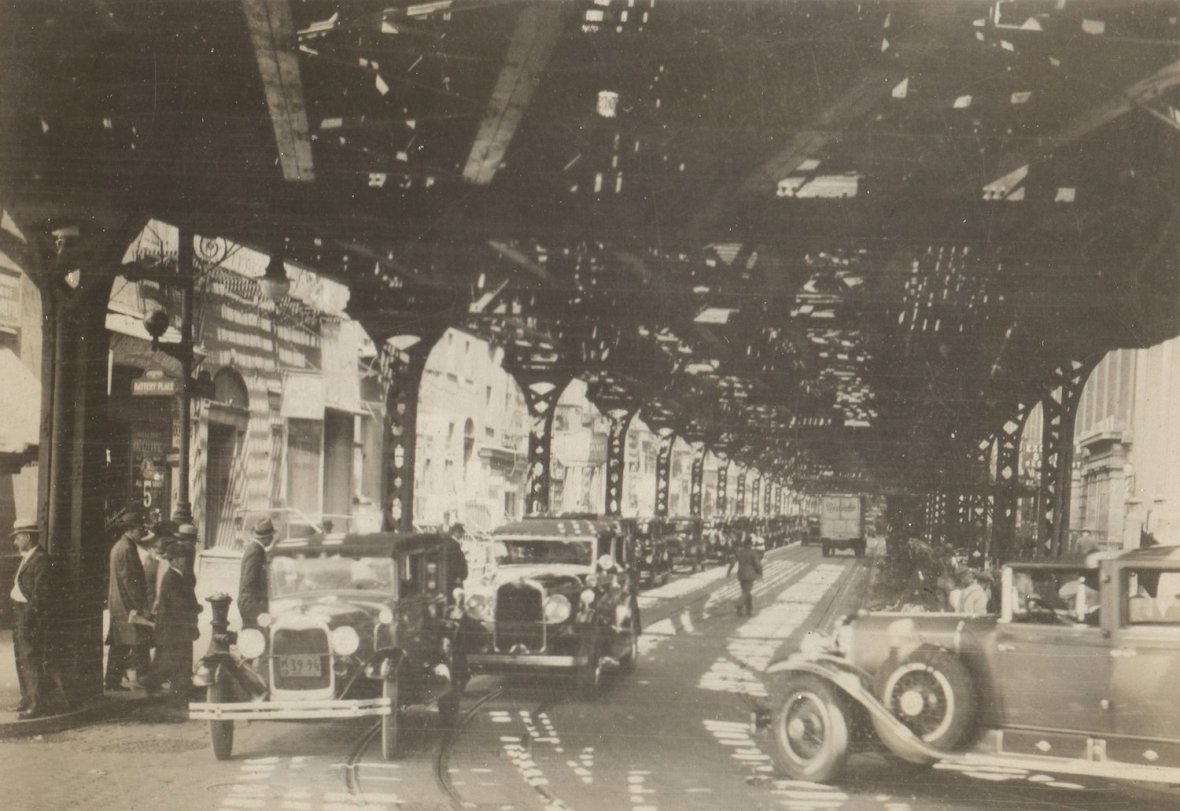
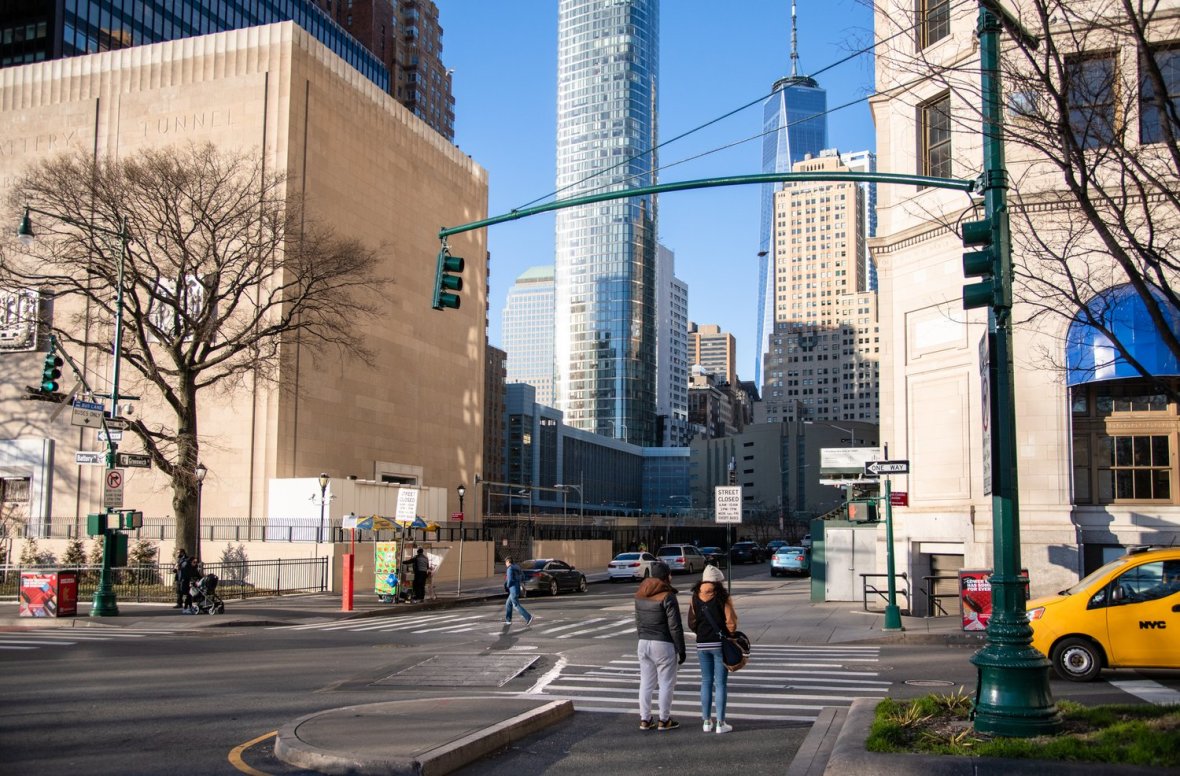
ADAM CLAYTON POWELL JR BLVD & 132ND ST
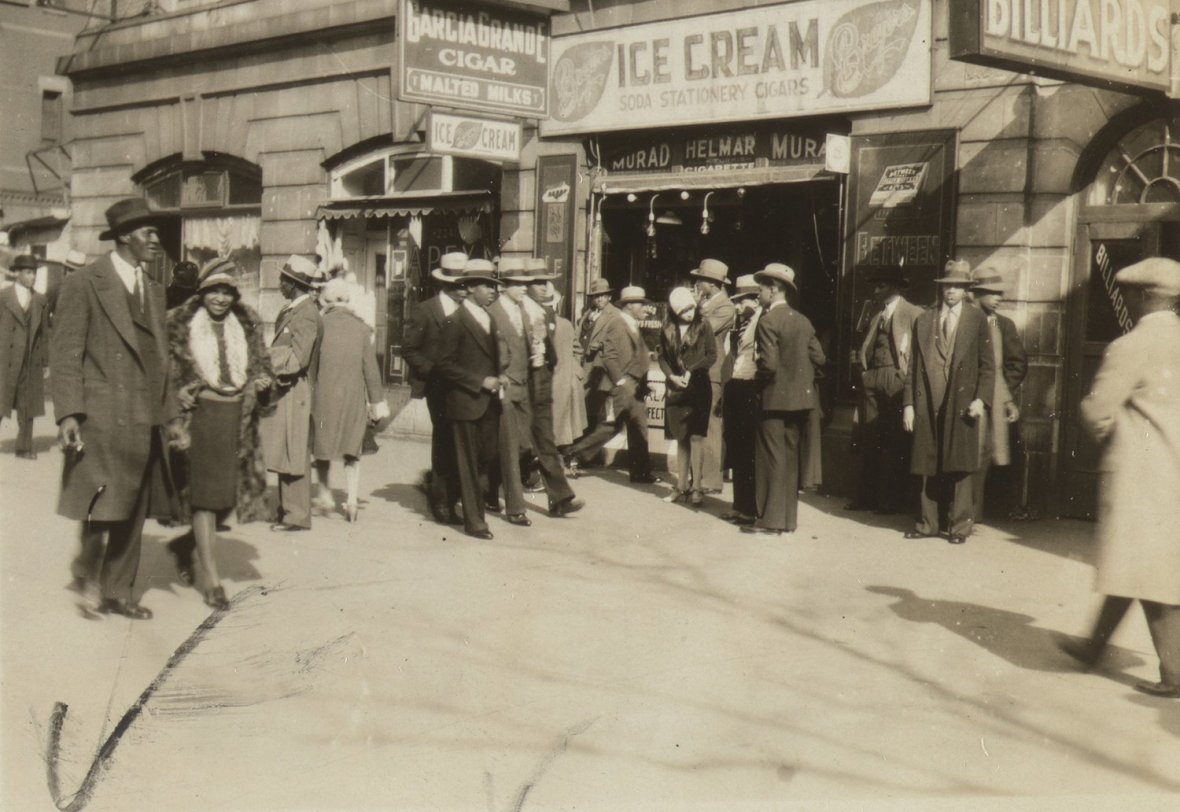
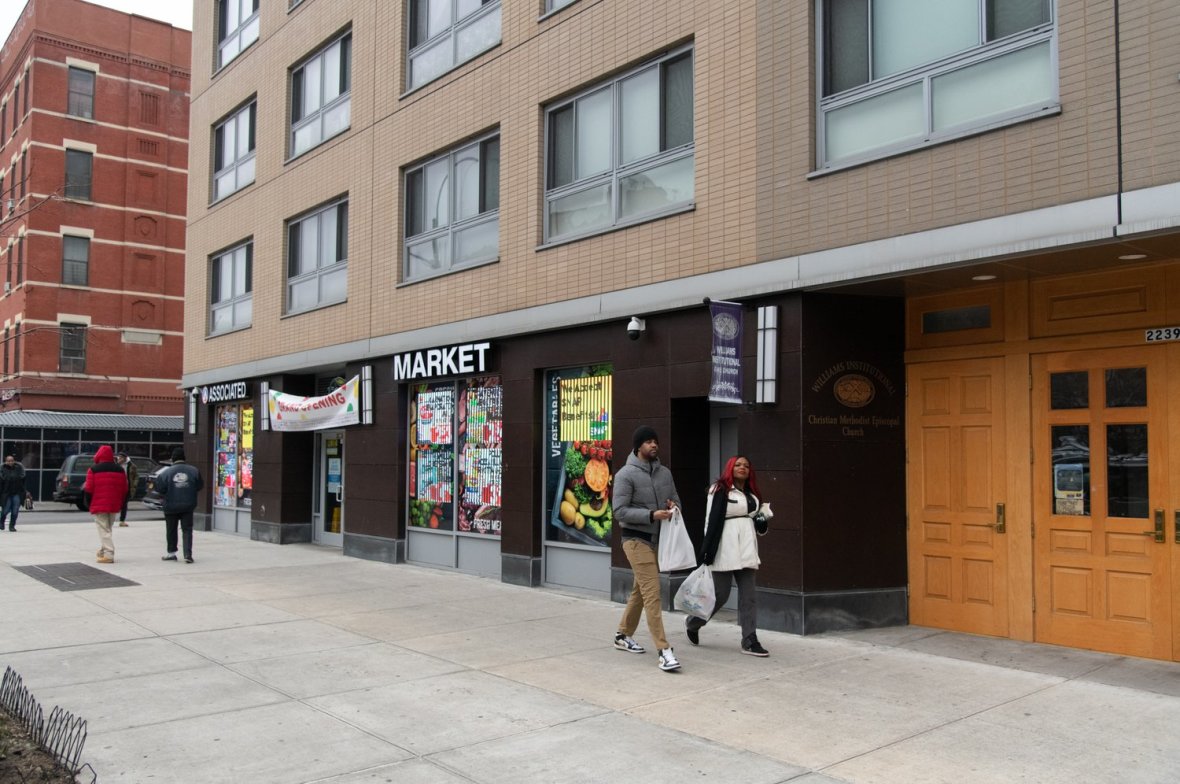
HOUSTON ST & 2nd AVE
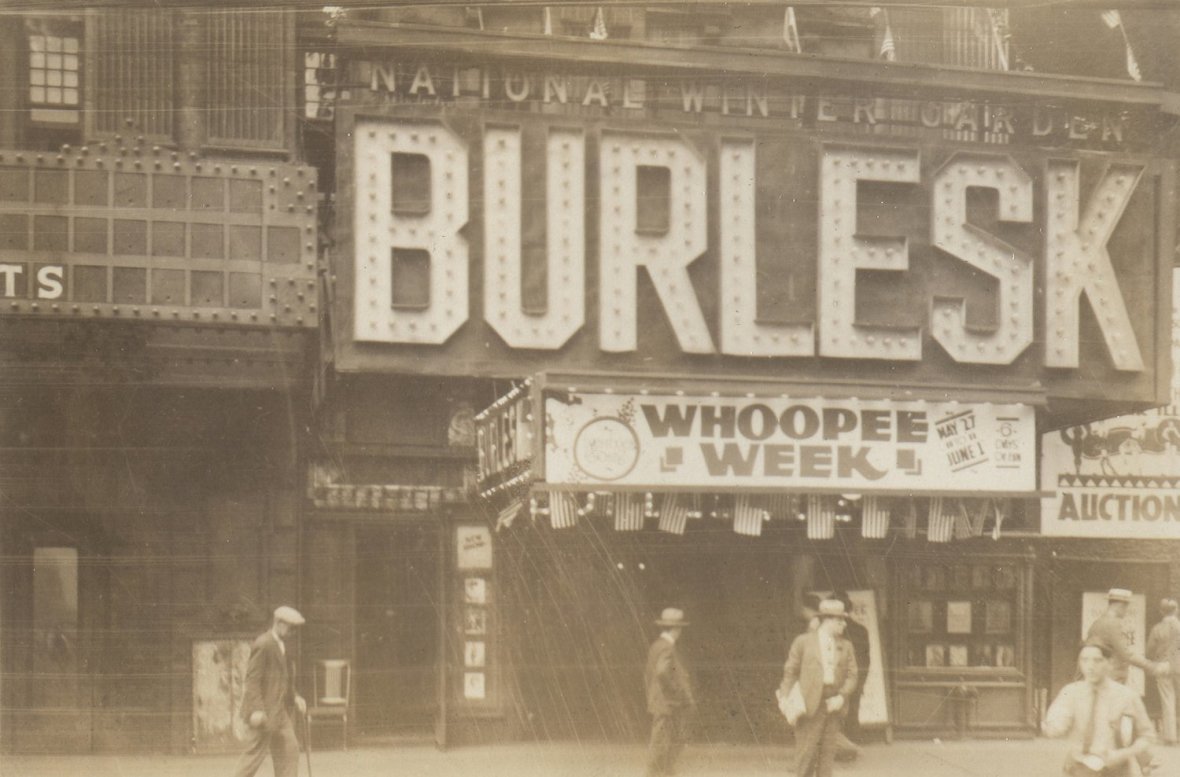
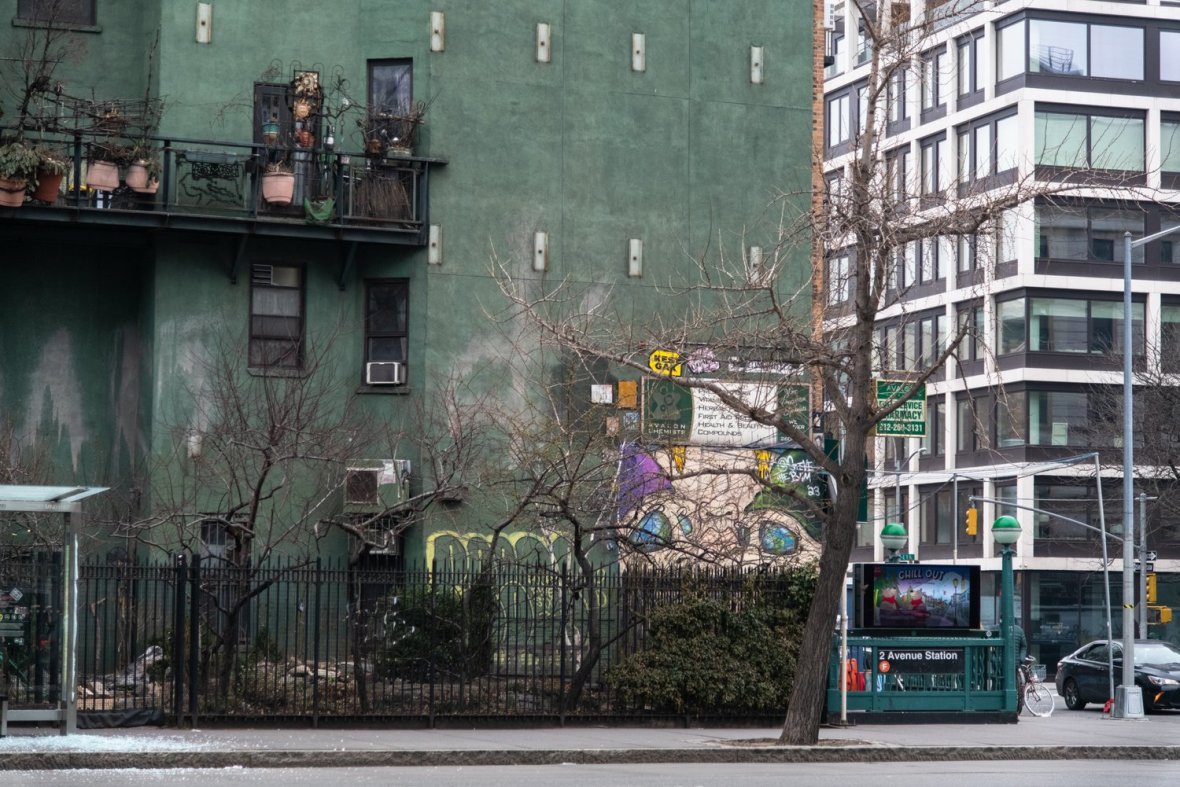
17 MOTT ST
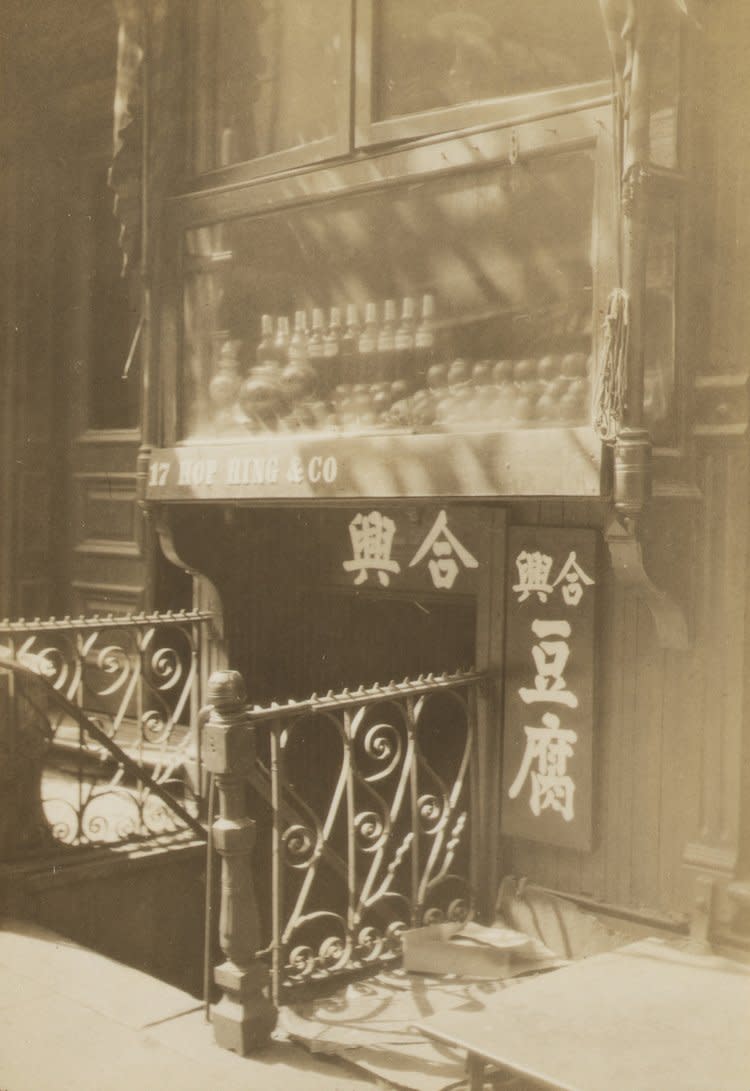
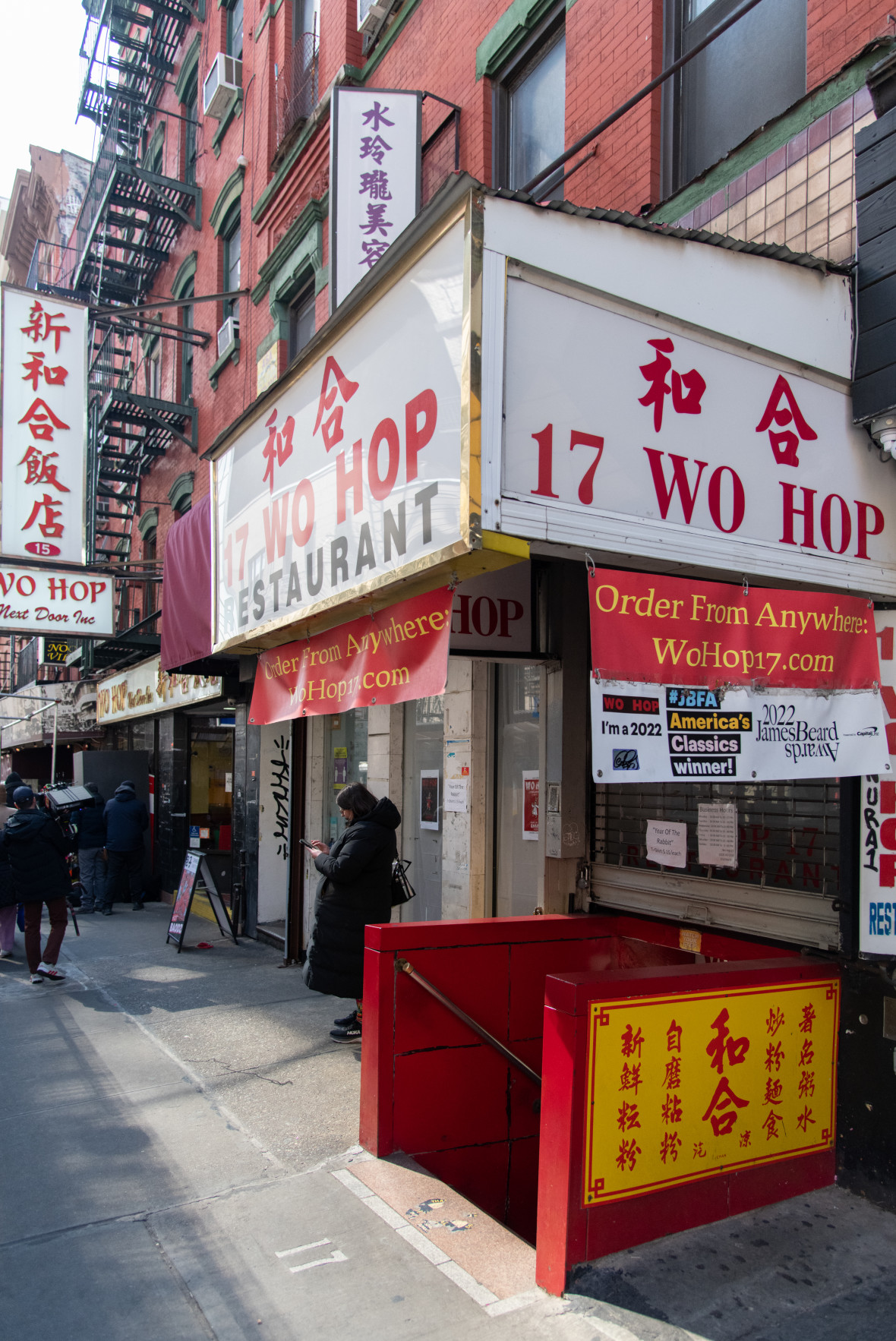
BROADWAY & 66TH
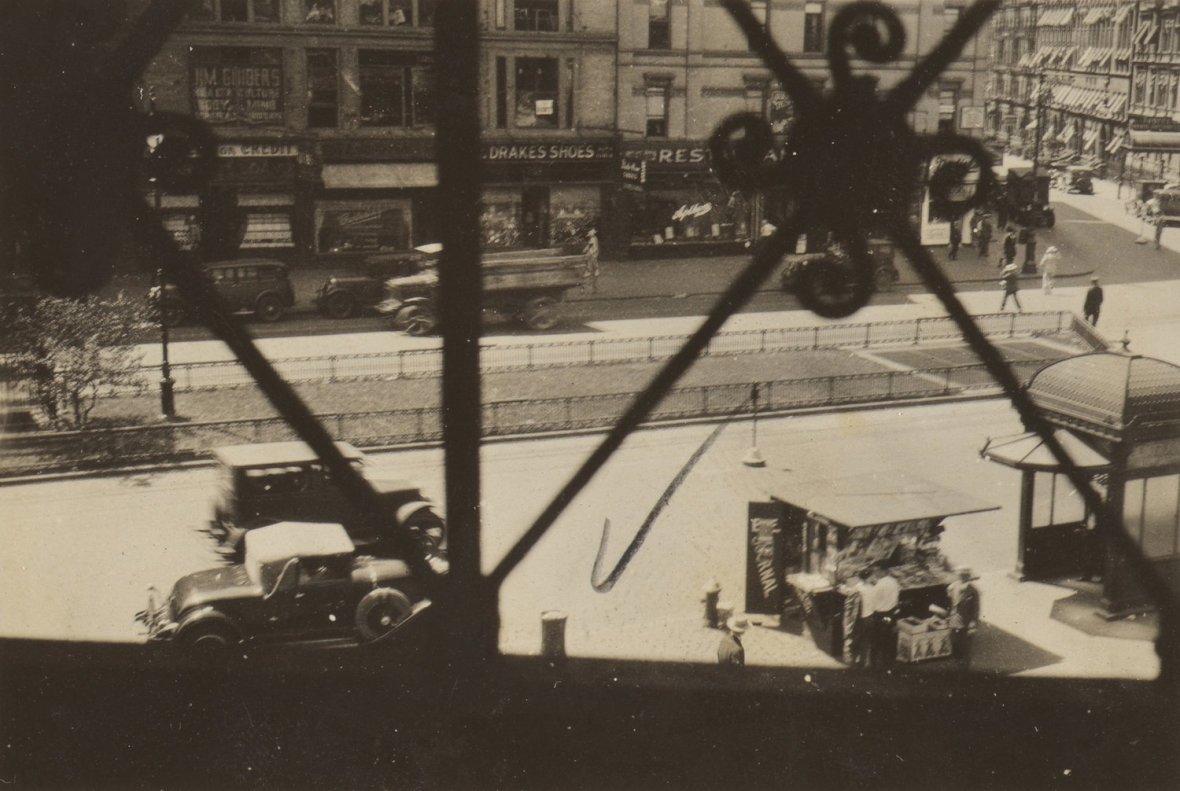
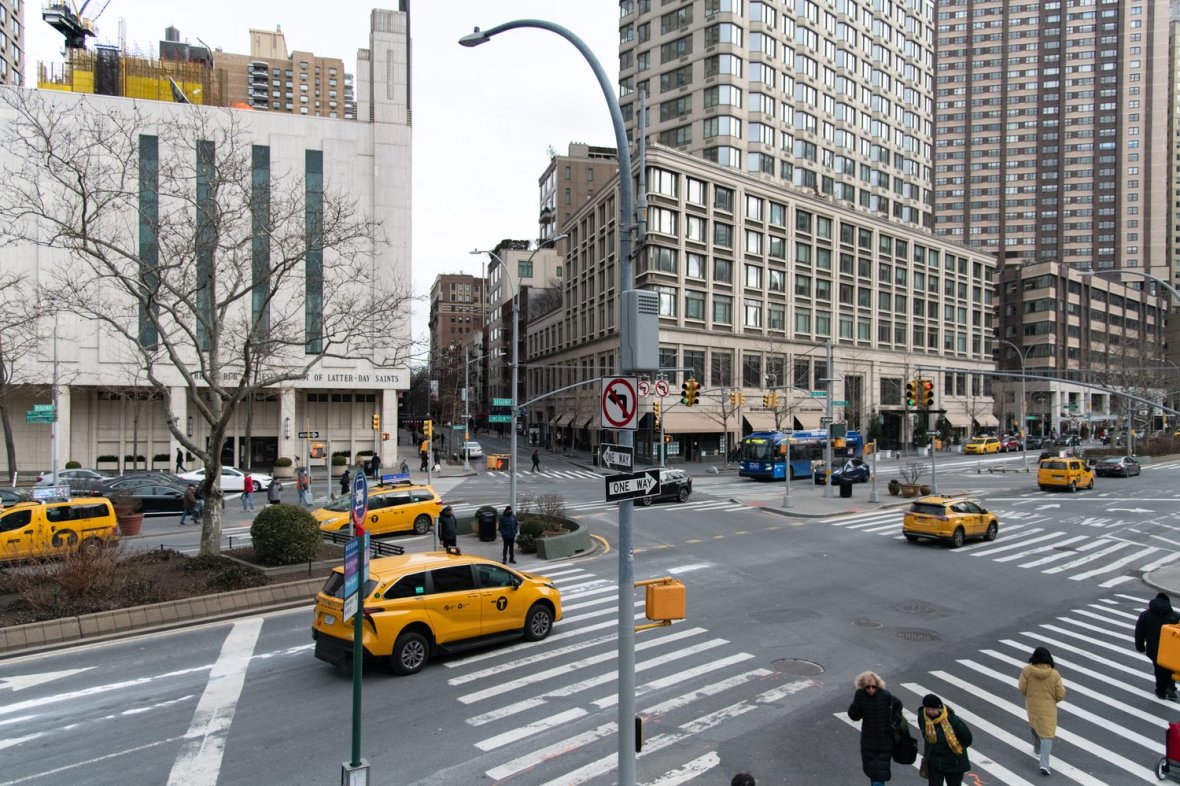
666 GREENWICH ST
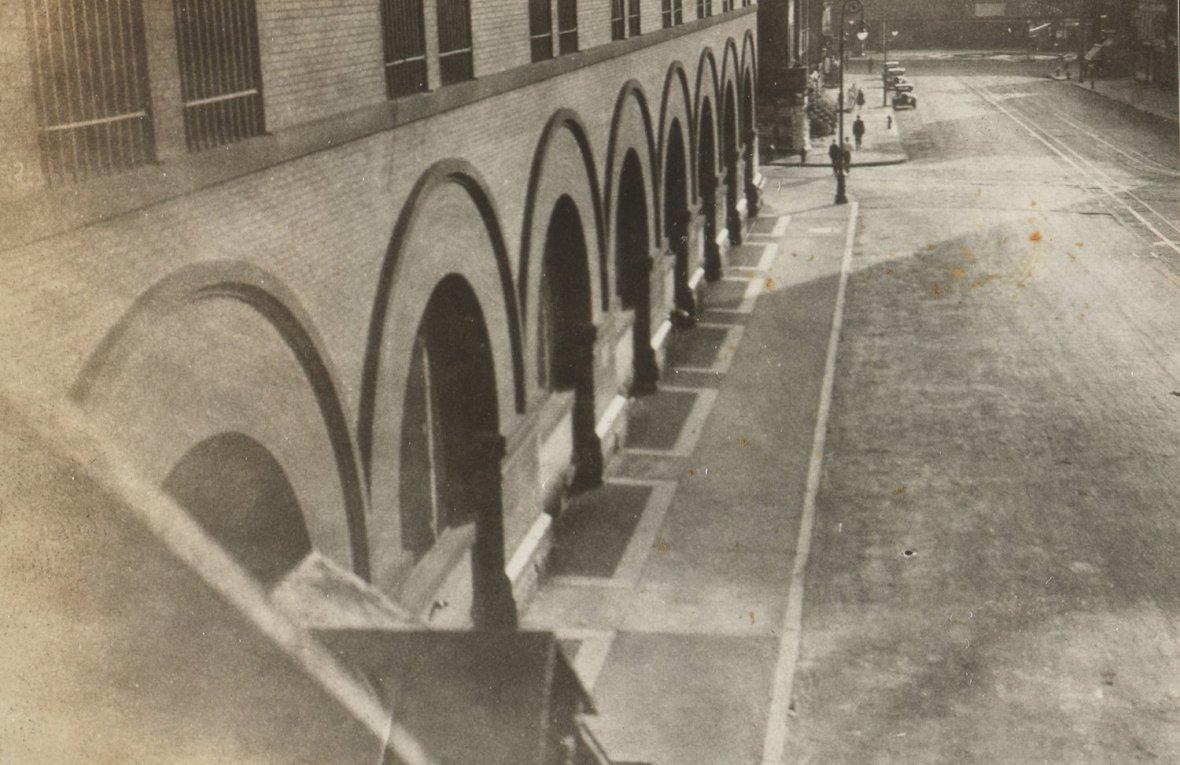

UNION SQUARE

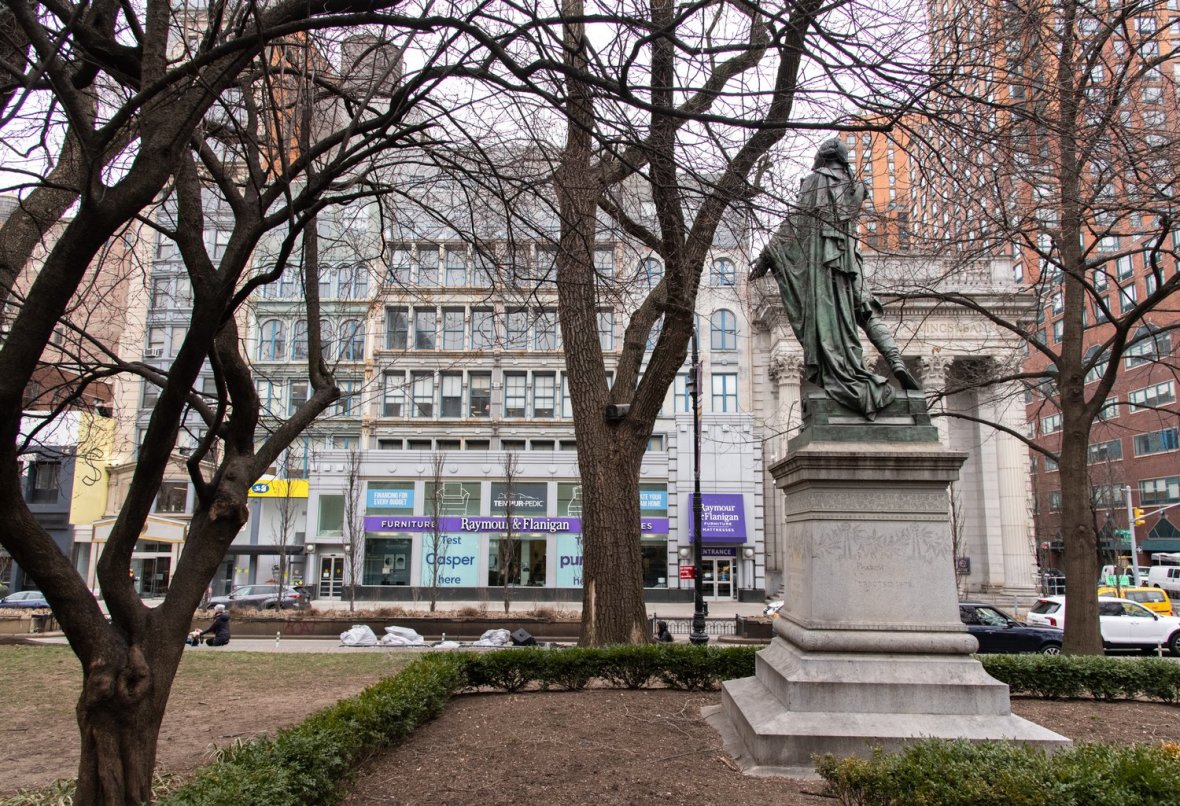
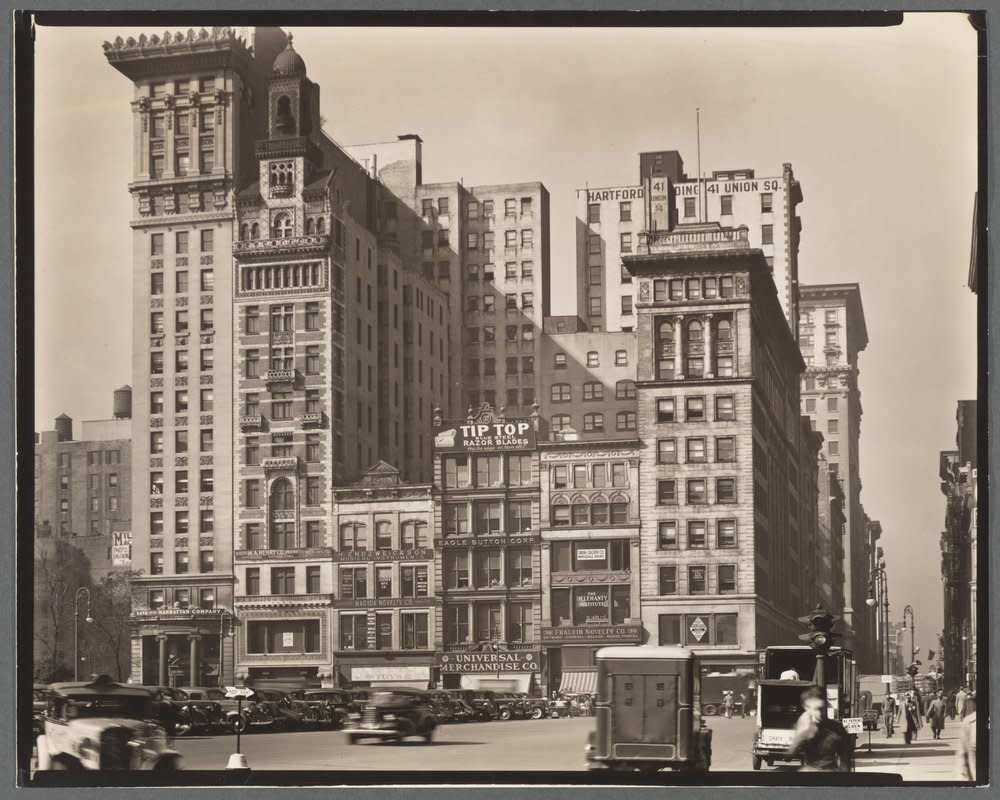
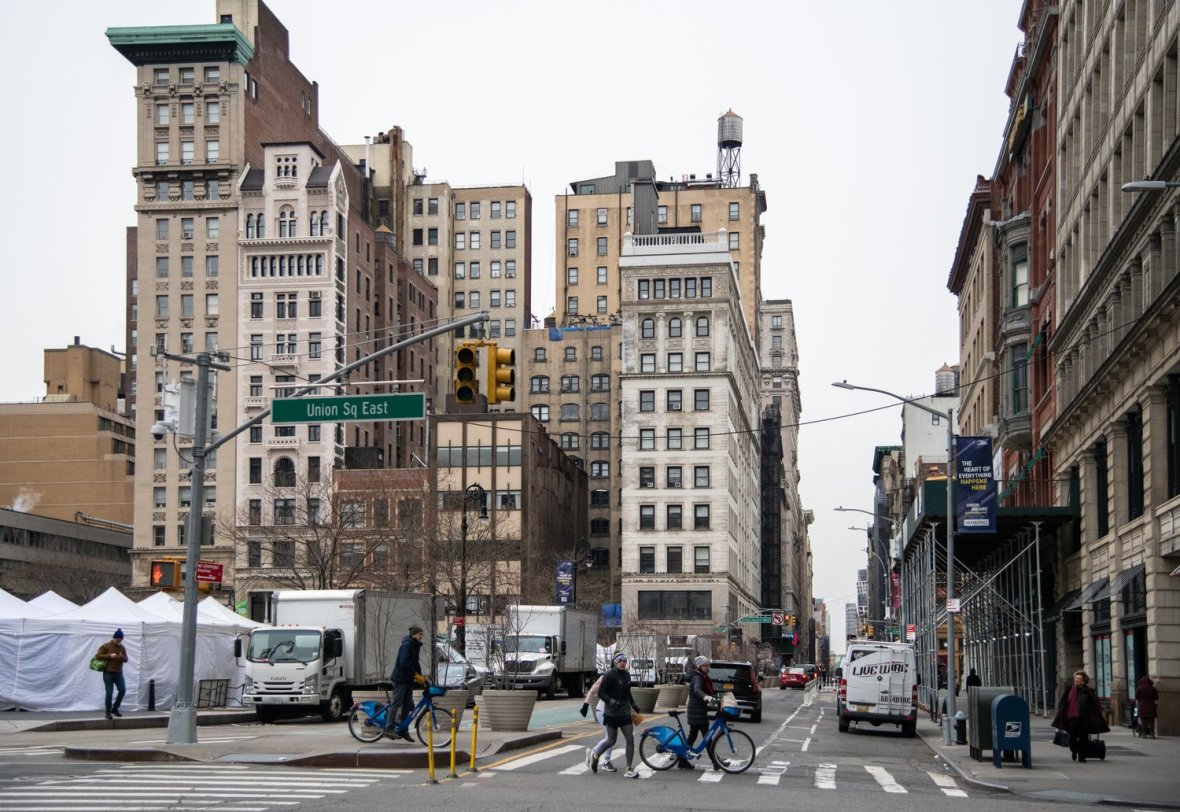
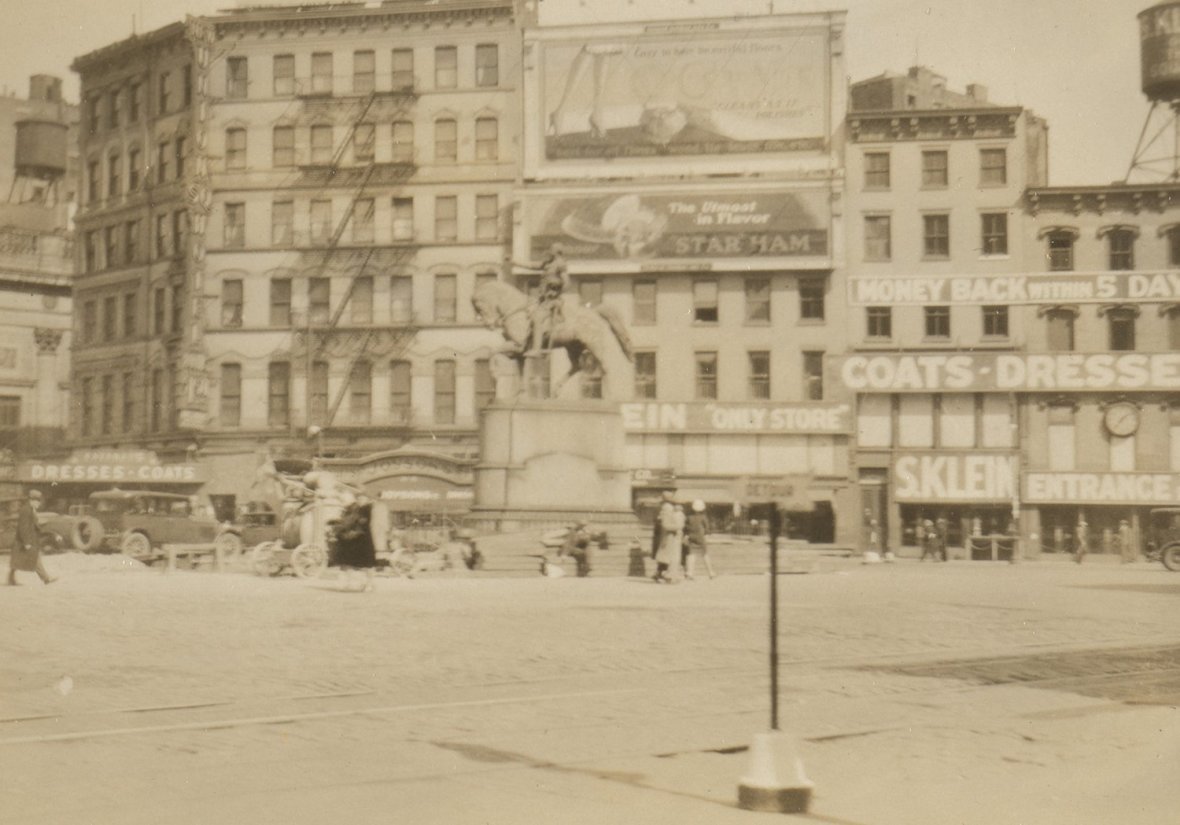
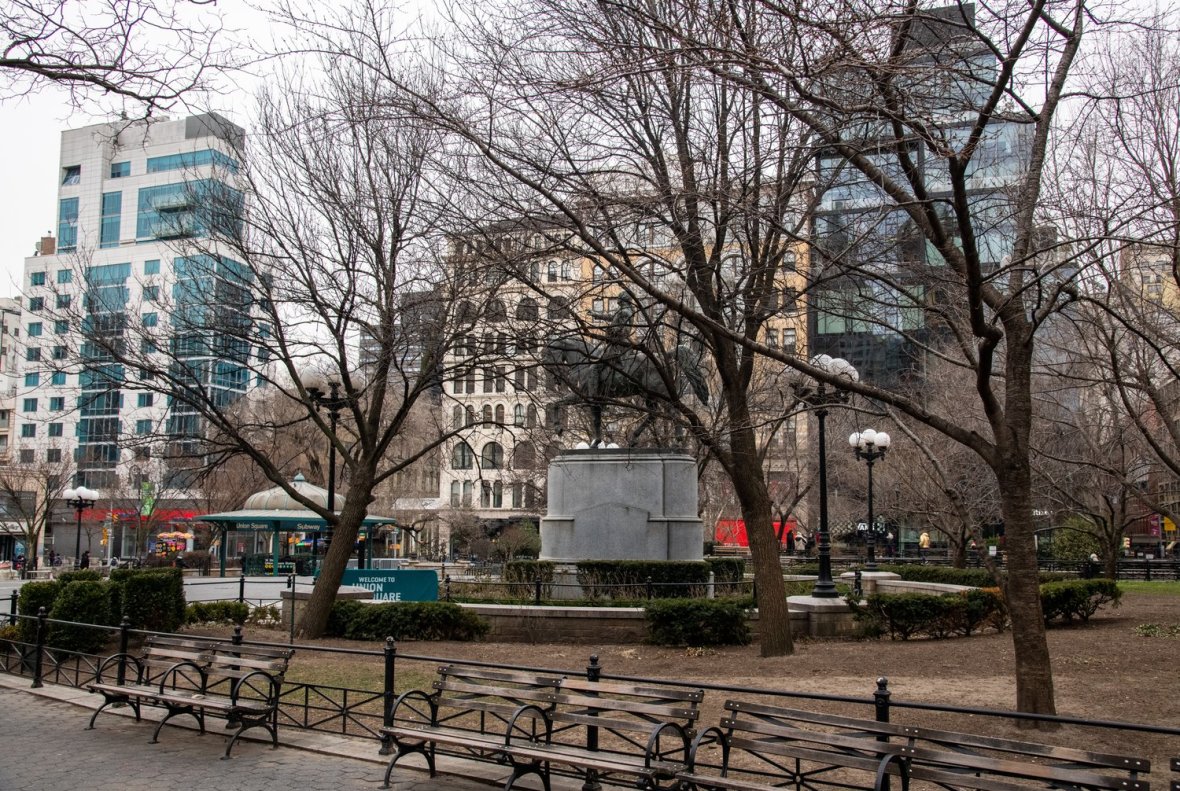
MADISON SQUARE PARK

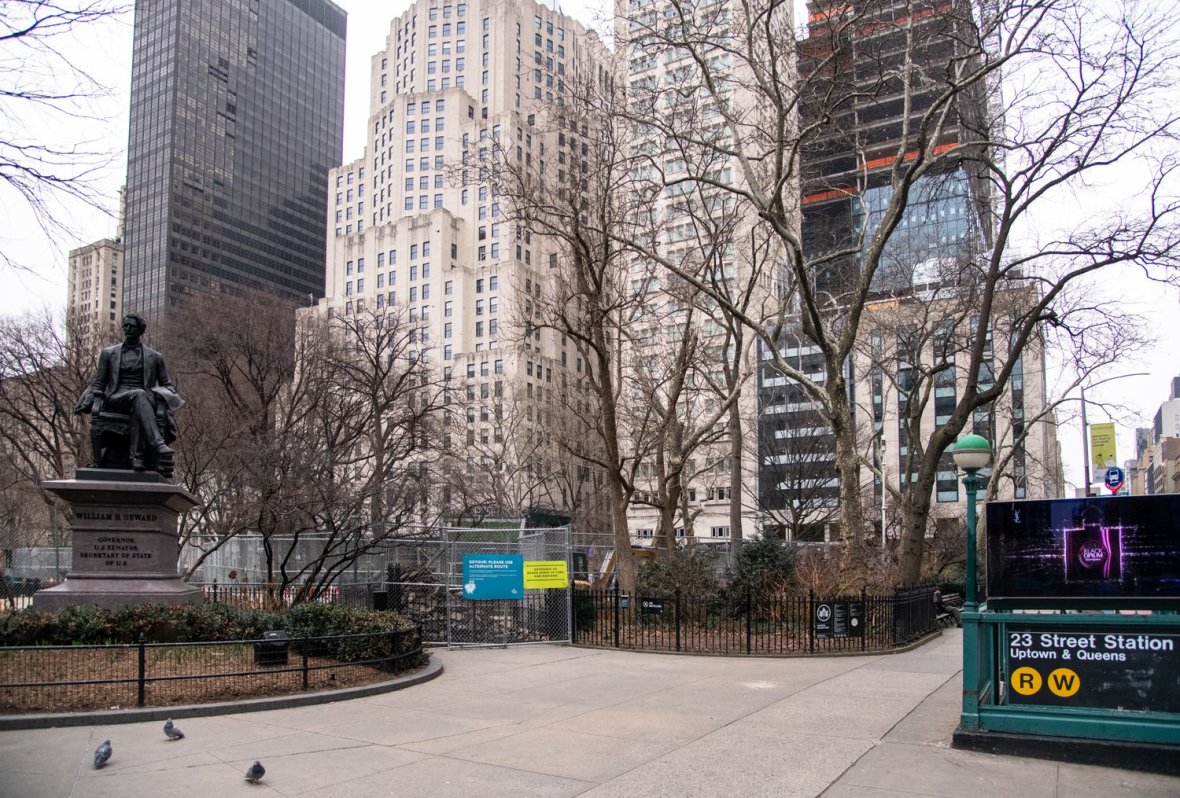
BRYANT PARK
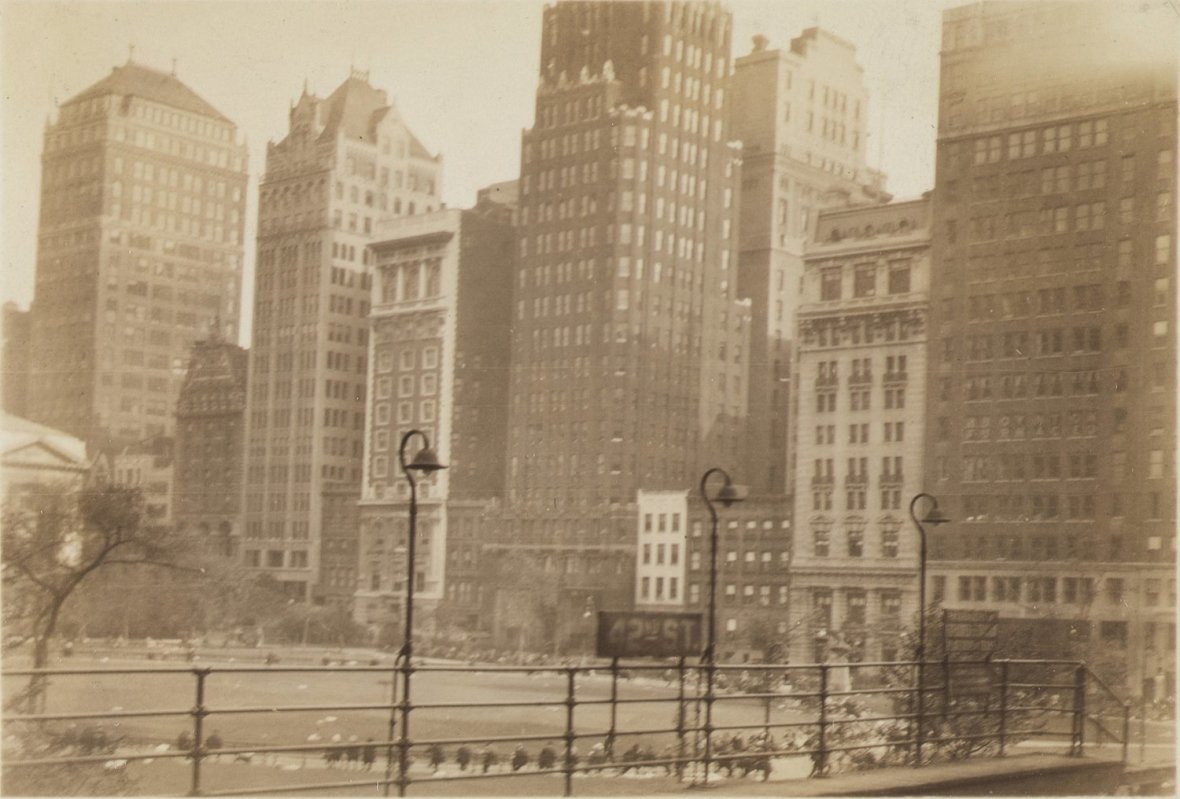
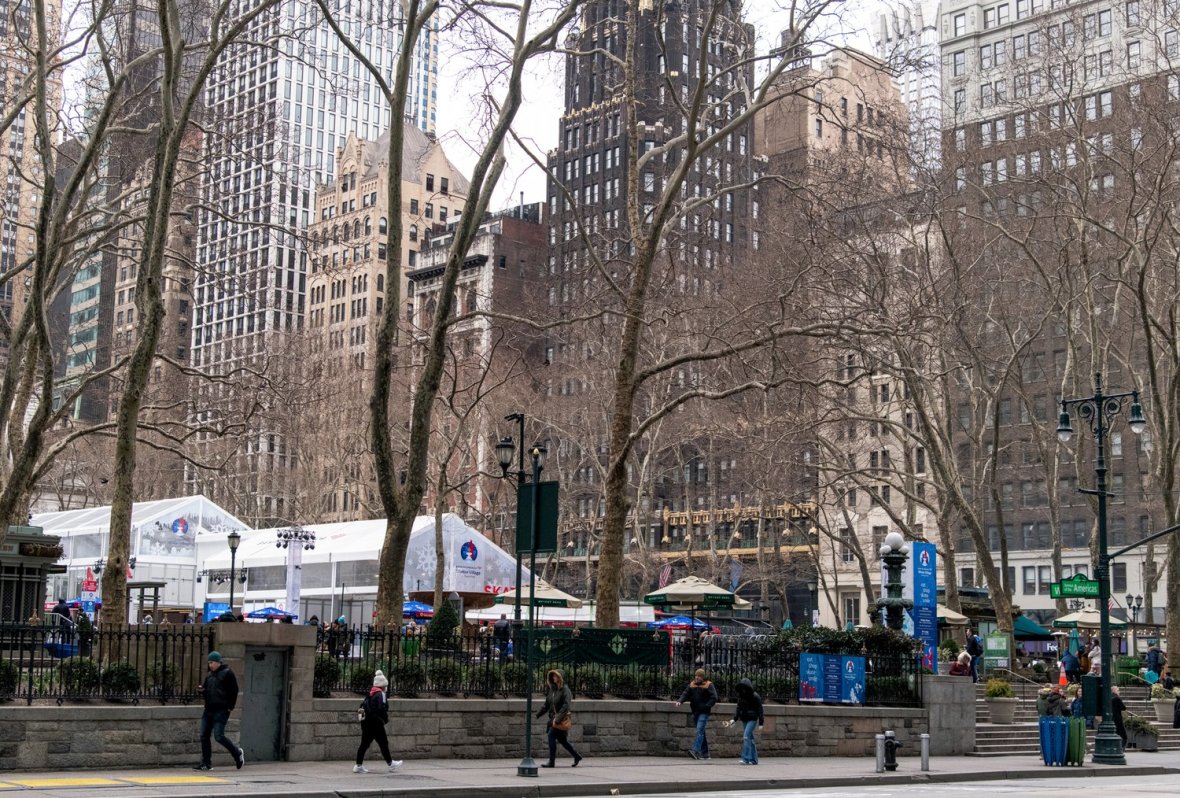
BROAD STREET
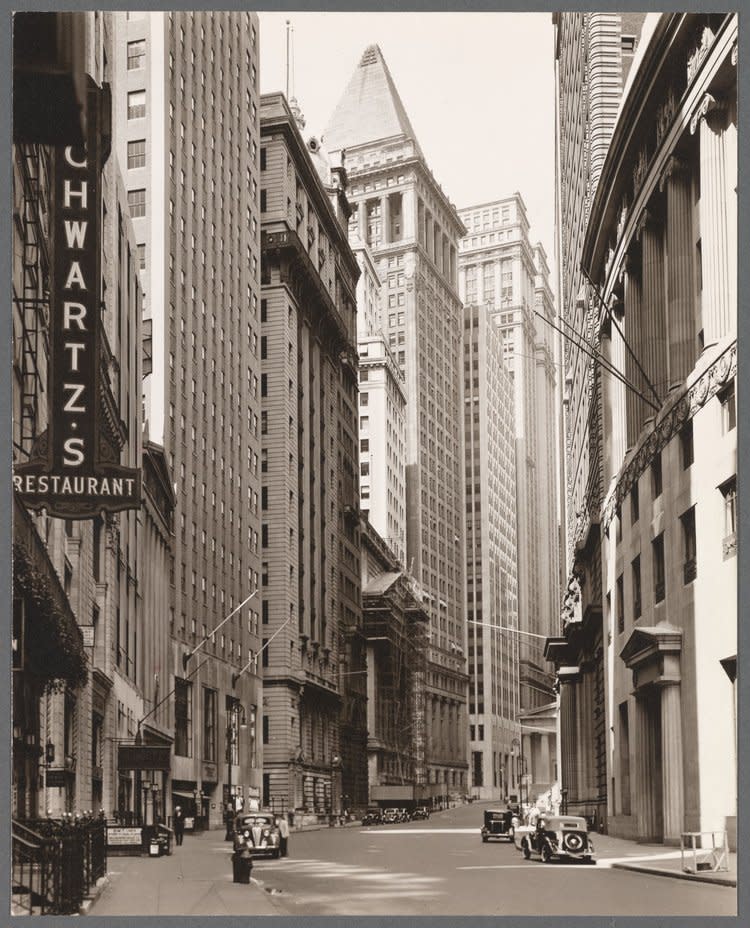
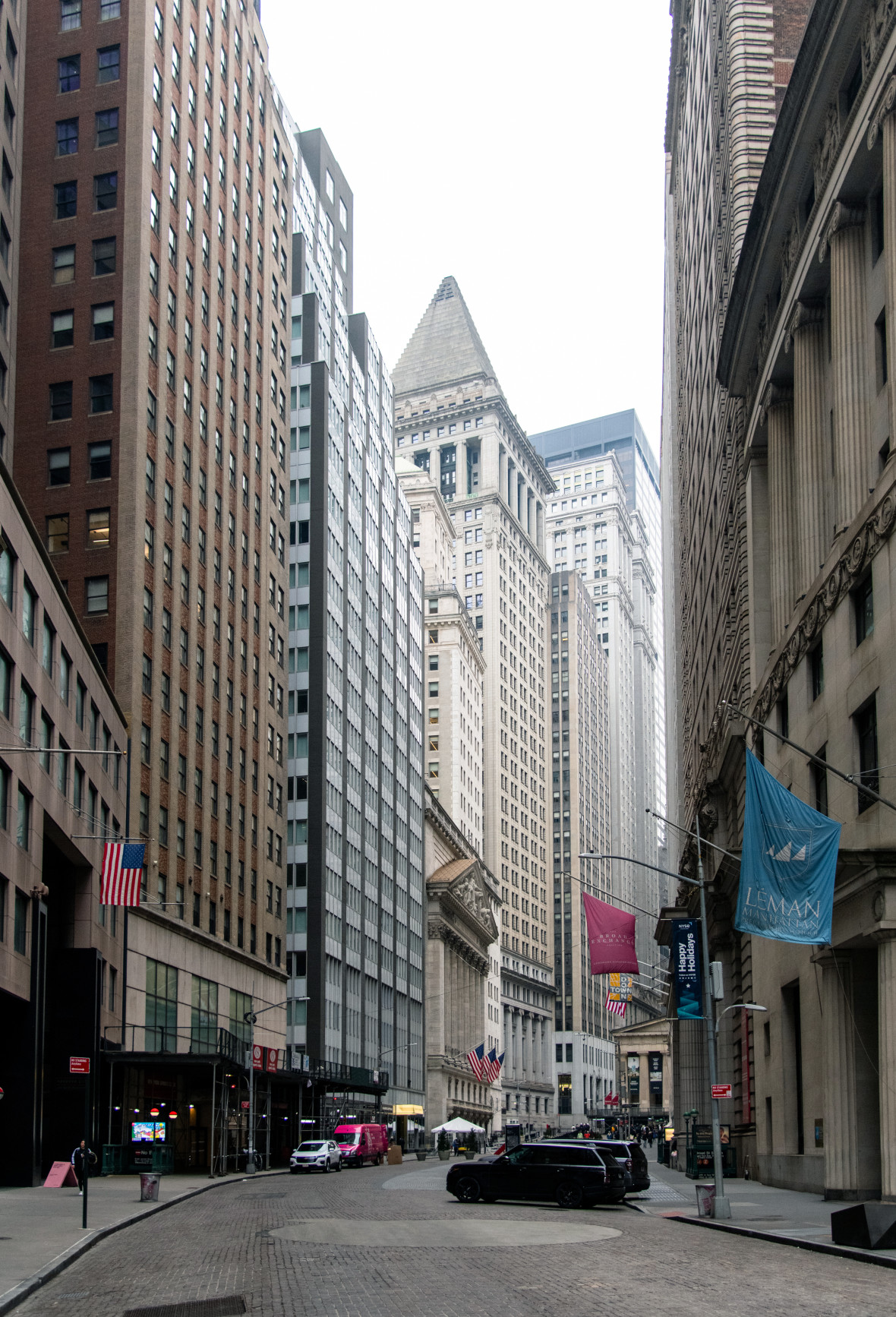
THE NEW YORK PUBLIC LIBRARY
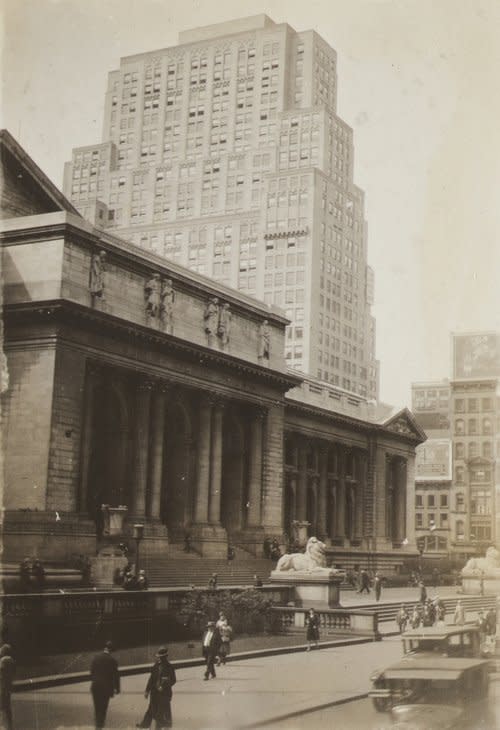

THE WOOLWORTH BUILDING
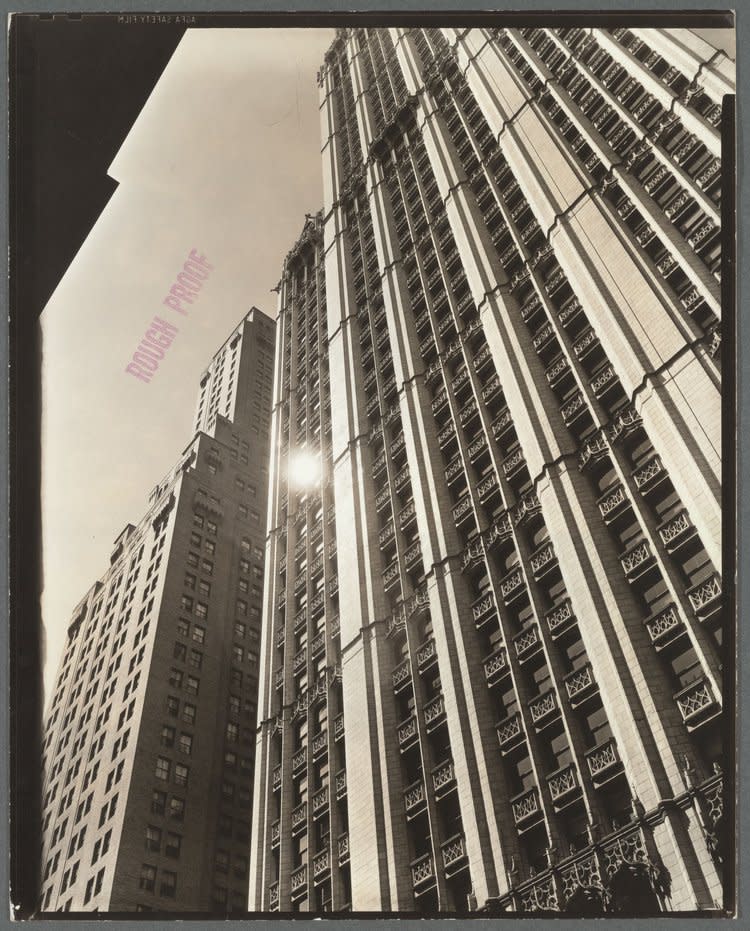

The Met's exhibit focuses on Abbott's "unique unbound album of photographs of New York City," which helps shed light her creative process, but in addition to those nearly photographs, you will also see some of her 1930s work with the larger camera she then had to lug around the boroughs. And alongside all of that, you'll find photographs from Atget, as well as Abbott’s contemporaries, Walker Evans and Margaret Bourke-White.
If you take your own Then & Now photos, be sure to tag @MTAaway, and use the museum's #AbbottNYC hashtag. The above map will help guide you!



